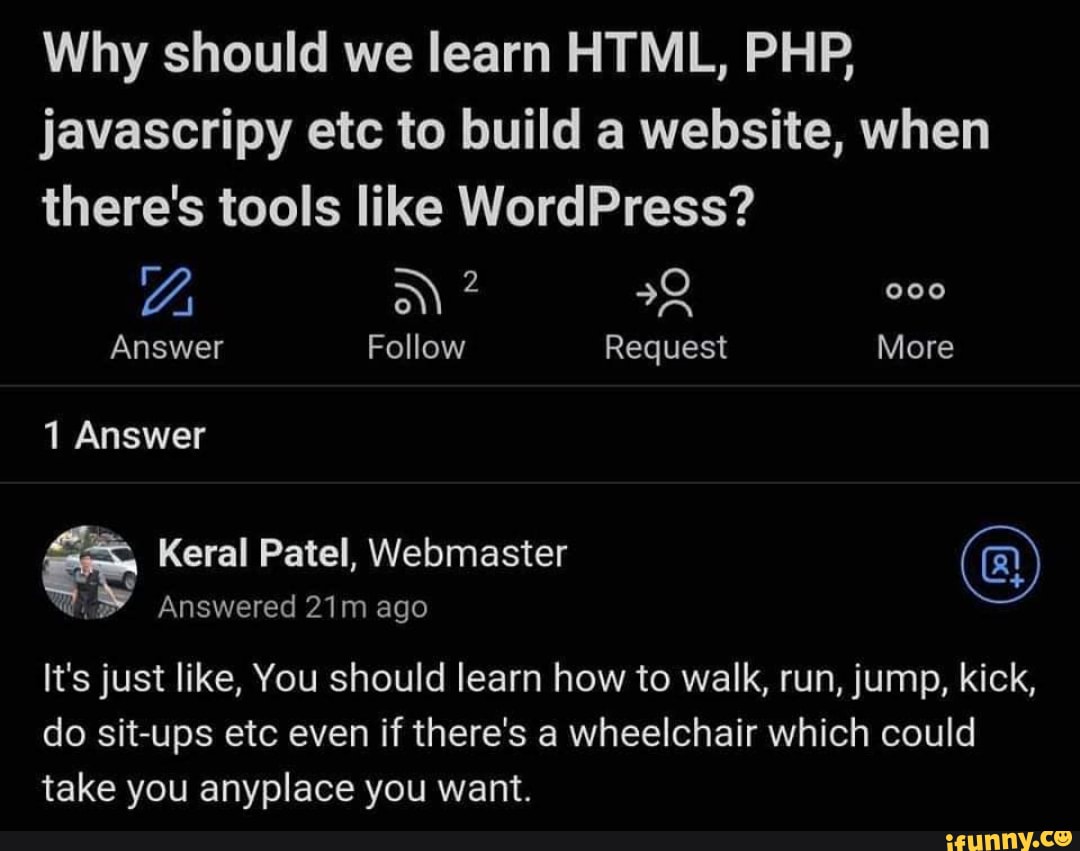
Why is Divi so popular?
What makes Divi so incredibly popular? How can one WordPress theme be so sought after by professionals and amateurs alike? And what sets Divi apart from its numerous competitors? These are questions everyone involved in web development has asked at least once, since this theme seems to always come up in conversation, be it an informal chat between colleagues or industry conferences and meetups.
In an online world oversaturated with WordPress Themes, Divi’s extremely high popularity might seem confusing. However, research from reputable sources such as W3Techs and BuiltWith confirms Divi’s widespread use, showcasing that the issue isn’t without substance. Users frequently report the same problems with other themes – lack of versatility, steep learning curves, and limited customization options. Many recent surveys conducted across the United States have confirmed these issues, thus making the need for an encompassing solution apparent. Divi seems to answer these problems with a winning combination of power and user-friendliness.
In this article, you will learn about the various factors that contributed to Divi’s popularity surge. We’ll discuss the unique features that set Divi apart from the rest, how it tackles the highlighted issues present in many of its competitors, and why it catches the eye of both novices and pros in the field of website development.
This insightful journey will also include case studies, testimonials, and expert comments, shedding more light on the reasons behind Divi’s success. Stay with us as we delve into the world of this extraordinary WordPress theme and analyze its path to becoming a giant in the website development industry.

Essential Definitions Behind Divi’s Popularity
Divi is a WordPress theme, which allows users to customise the appearance of their website without needing any technical knowledge. Its popularity can be attributed to its user-friendly and intuitive nature, making website creation accessible to everyone – even those without any coding skills.
Visual Builder, a feature of Divi, offers a real-time design function, meaning you can see the changes as you make them. This live editing feature is one factor that has led to Divi’s wide acclaim.
Modules in Divi refer to customizable sections like text, images, sliders, etc. With over 40 modules, users can create a website to suit their needs, adding to Divi’s popularity.
The Unravelled Secrets of Divi’s Massive Popularity
Exceptional Customization Capabilities
Perhaps the biggest factor contributing to Divi’s immense popularity is its exceptional customization capabilities. With Divi, you are not limited to a set of predetermined settings; rather, it allows you to tailor every little detail according to your specific requirements, giving you total control over the look and feel of your website.
Its visual builder technology enables you to design the layout directly on the page, eliminating the need to switch back and forth between the dashboard and site preview. This feature simplifies the design process immensely and allows even non-tech savvy users to build professional, attractive websites.
User-friendly Interface and Community Support
Another major advantage of Divi is its user-friendly interface that makes website building a breeze even for novices. The modules are intuitive and easy to use, and there are detailed tutorials for every feature, making it easy to get the hang of it. It also features a robust inline text editing capacity that allows you to click and type directly into your page, close to a word processor’s usability.
Divi is more than just a theme; it’s a community. Notably, Divi has an active online community where users help each other tackle problems, exchange tips, and discuss ways to use Divi more effectively. It’s a very engaging and supportive environment, and having such a community enhances the user experience.
- Massive Template Library
- Optimized for Mobile
- Global Elements & Styles Feature
- Efficacy with A/B Testing
These features, among others, make Divi a versatile solution for creating websites. Its massive template library offers a wide range of pre-made layouts that can be customized as required. This saves a lot of time and ensures a professional appearance without the need for design skills.
The optimization for mobile ensures that your site looks flawless regardless of the device it’s viewed on. The Global Elements and Styles feature is a game-changer that allows consistent styling across the website, saving you from manual updates on each page.
Additionally, Divi’s built-in split testing and conversion rate optimization system, Divi Leads, enables you to create, track, and analyze different versions of your web content to see which one delivers the best results. This is particularly valuable in a world where web performance directly impacts business success, and it underscores Divi’s commitment to not only providing aesthetic website designs but also ensuring those designs perform optimally.
Exploring the Enigmatic Allure of Divi among Web Designers
Diving into Divi’s Popularity among Web Designers
Isn’t it intriguing why Divi has become a significant tool for many web designers? Many have heralded it as a game-changing platform and a one-in-a-million find in the midst of numerous website building platforms. The primary allure lies in its highly flexible and user-friendly interface which empowers experts and newcomers alike to explore the creative limits of web design. With Divi, designers have complete control over the visual elements of their creations which promotes a level of design efficiency unattainable elsewhere. Furthermore, it offers over 800 pre-made designs and 100+ full website packs, making it an ideal platform for those who prefer a shortcut to a sophisticated design.
The Hurdles Lurking Behind Divi’s Allure
Despite its extensive appeal and versatility, Divi does pose some challenges for web designers. It’s unique and attractive interface, while user-friendly, has a steep learning curve for beginners. The platform’s premium features are locked behind higher pricing tiers, which can be a deterrent for freelancers and budding designers on a budget. Additionally, Divi can be resource-heavy, sometimes leading to slower load times for more complex websites. This could potentially harm the user experience, affecting the bounce rate and SEO performance of a website.
Effective Utilization of Divi: Showcase of Exemplary Practices
Successful use of Divi can be found in various sectors with professional web designers extracting maximum benefit from this versatile tool. Talented designers like Olga Summerhayes and Geno Quiroz have utilized Divi’s powerful functionality to create elegant and effective websites. For instance, Summerhayes uses Divi’s pre-built layout packs for quick website builds and tweaks the design to suit her client’s brand image.
In another case, Quiroz uses the platform’s comprehensive design control to custom-make websites from scratch, fine-tuning every detail to ensure distinctive sites that stand out. They make smart use of Divi’s front-end editing feature allowing for quicker changes and instant previews. Such best practices clearly demonstrate why despite the challenges, Divi continues to enjoy immense popularity and is heralded as the choice of tool among a diverse array of web designers.
Decoding the Phenomenal Success Story of Divi: Key Insights
Factors Behind the Unprecedented Popularity of Divi
Why has Divi become an almost ubiquitous term in the digital design realm? The answer lies in its pioneering approach to website-building. Divi single-handedly revolutionized the arena with its seamless yet robust drag-and-drop design framework which makes building websites accessible even for non-coders. More so, its high level of customizability is unique as it allows users, regardless of their skill level, to construct a website that precisely mirrors their vision. The Divi products incorporate ingenious features like real-time design, responsive editing, and global elements which have spurred its rapid adoption in the market.
The Predicament: Usability vs Customization
A persistent challenge in the website design market was the tendency to sacrifice usability for customization or vice versa. Website-builders that were user-friendly often had restrictive design options, whereas platforms that offered more in the way of customization were typically too complex for beginners. Divi cracked this code. It offered a middle ground – a platform that didn’t force users to compromise. Users are provided with an extensive array of customization features, bundled in a user-friendly interface that makes it a breeze for anyone to use.
Exemplary Practices Securing Divi’s Market Position
Divi’s growth story can be attributed to many factors, but three precedents stand out in particular that any platform aiming to recreate their success should keenly observe. Firstly, Divi successfully cornered the market with their flexible pricing plans, offering users a unique value proposition of unrestricted usage for a single flat fee. Secondly, Divi is continuously evolving. By frequently rolling out updates to keep up with trends and technological advancements, Divi keeps its users engaged. Lastly, Divi’s strong commitment to user-centric design is an important factor here. By focusing on constructing a product that simplifies the user’s process rather than complicating it, Divi creates a robust platform that users don’t just need, but want to use.
Conclusion
Can you imagine seeing your website’s design modifications in real-time? This is the extraordinary accessibility and control that Divi provides, marking a turning point in the world of website creation. The flexibility that it offers in terms of crafting your site’s appearance has made it wildly popular among both novices and experienced website designers. Needless to say, the ability for users to meticulously craft and control every detail with no substantial prerequisites has truly catapulted Divi to its current acclaim.
We cordially invite you to continue to be a part of our blogging community where we will further delve into the multi-faceted aspects of Divi, other popular website building tools, and the latest trends in web design. We’re paving the way for an enlightened and informed future in IT and invite you to join us for the journey. We recommend subscribing to our updates for easy access to our new and upcoming posts.
Be sure to remain connected with us, as we have an upcoming series on the horizon, focusing on the nitty-gritty of Divi and exploring its features in depth. Get excited as we’ll be uncovering the unseen potential of Divi and even more groundbreaking industry trends. We promise you, you won’t want to miss out on this insightful series. It’s a gateway to empowerment through knowledge, paving the way for superior website building experiences.
F.A.Q.
1. Why is Divi considered a top choice among web developers?
Divi is lauded for its flexibility and user-friendliness, making it a common choice for both experienced web developers and beginners alike. With its visual builder feature, users don’t need to understand coding to create highly customizable and visually appealing websites.
2. What unique features does Divi offer that contribute to its popularity?
Divi stands out with its robust real-time front end editor, making live changes easy to implement and see instantly. Plus, it boasts a variety of ready-to-use templates, allowing for fast and efficient website development.
3. How does Divi improve the process of website building and designing?
Divi simplifies the web building process with an easy-to-use drag and drop interface, reducing the need for coding knowledge. Its extensive library of customizable design elements further helps to accelerate the design process, thereby saving considerable time and effort.
4. How does Divi provide value for money?
With Divi, users get access to numerous high-quality themes and plugins under one license, providing cost-effective solutions for professional websites. Additionally, regular updates, premium support, and consistency in delivering advanced features make Divi a worthwhile investment.
5. How does Divi contribute to SEO optimization of websites?
Divi is optimized for SEO, and it includes many built-in features such as semantic markup and schema support that help increase a site’s visibility on search engines. It is also compatible with popular SEO plugins providing a significant edge in search engine rankings.






.jpg)




